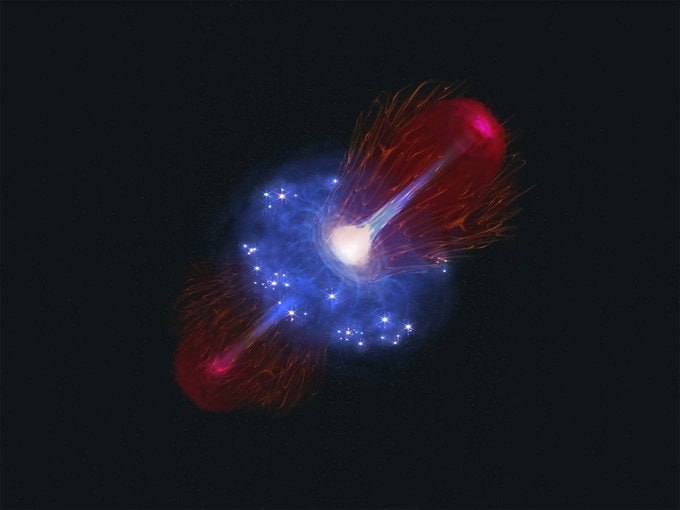The Webb Space Telescope has discovered a black hole with a mass of approximately 400 million solar masses, just 800 million years after the Big Bang. This object is unique because its mass is 40% that of the galaxy in which it resides. By comparison, black holes in the local Universe typically do not exceed 0.1% of the mass of their host galaxy.
Despite its gigantic size, the black hole consumes surrounding gas at an extremely low rate—100 times less than the theoretical maximum—and is essentially in a "dormant" state.
Scientists believe such black holes form as a result of brief periods of ultra-rapid growth, when they temporarily exceed the Eddington limit and then enter a long-term quiescent state.
This discovery challenges standard models that assume a stable process of matter accretion.
